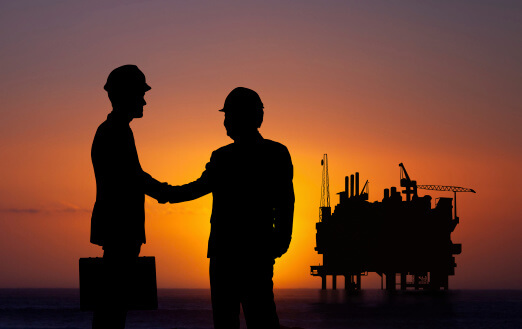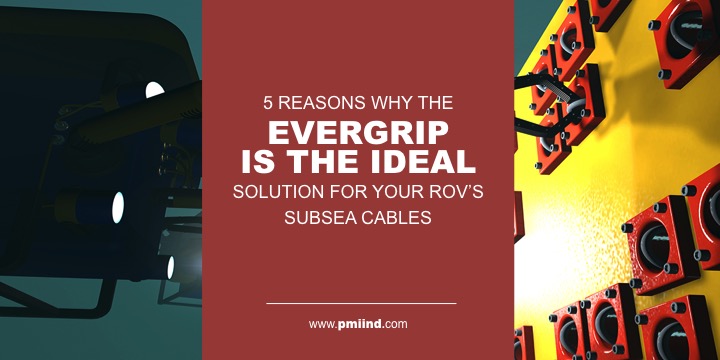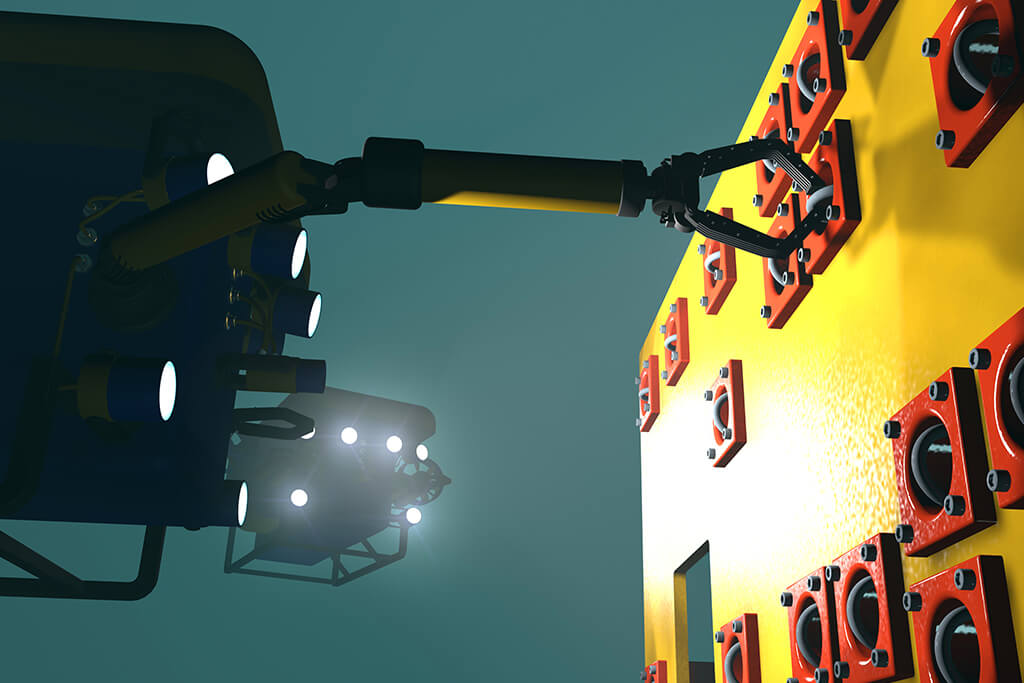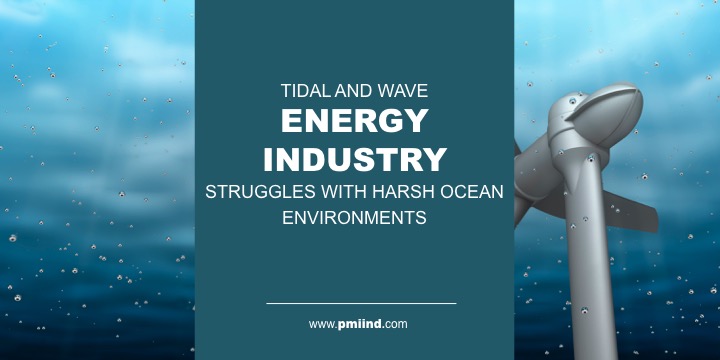We’ve gone in depth before on how cable terminations are used , now we’re going to explain what sets our terminations apart from the competition.
Many current terminations require an epoxy/polish method of installation. There are many disadvantages to using epoxy. If you’re using heat-cured epoxy, it takes a ½ to cure, but you need an oven to cure it. Room temperature epoxy doesn’t need a special oven, but the cure time can be 2-3 hours or more. When researchers are spending days or weeks out on the ocean gathering information, time is of the essence.
Other terminations on the market don’t use epoxy, but require specialized equipment to install or require extensive cable preparation before installation. In addition, many epoxy-less terminations have a higher connector cost.
PMI provides quality epoxy-less terminations for your ROV needs. Here are 5 that the EVERGRIP Helical Gripping Termination is your ideal solution:
- Faster Installation
The EVERGRIP termination is field installable and easily applied – usually in 30 minutes or less.
- No Special Tools Needed
Our product requires no additional tools or cable preparation to install
- Less Down Time
With the EVERGRIP, there is no need to wait for a termination/retermination to cure.
- Strain Relief for Cables
The special helical rod design relieves strain from the cable. We also have BSR solutions for additional strain relief to prolong cable integrity.
- Reuseable
The housing of EVERGRIP can be used – a Retermination Kit comes at a much lower cost than purchasing a new termination
As new challenges are placed on the ROV industry, PMI continues to provide new solutions to meet those challenges. Whether it’s greater strain capabilities, faster installation or higher cost savings, PMI has the capability to develop and supply the highest quality and reliability solutions.
To read more advice on choosing the best subsea terminations for your project, download our checklist:
7 Questions You Should Be Asking About Your Subsea Terminations

Offshore wind and solar energy have been getting all the attention in the quickly growing renewable energy industry, but there’s another player that is beginning to grow strength in the energy market – ocean waves and tidal currents, or “marine energy”. There are vast amounts of energy that are produced within the moving waters of oceans and rivers, and companies working to harness this energy are quickly gaining speed.
While not nearly as large as the main competitors in renewables, marine energy has strong advocates and is quickly gaining steam in the renewable market. About 30 tidal and 45 wave energy companies are at an advanced stage of technological development. One of the biggest issues these companies are facing that has impeded forward movement in the market is the harsh ocean environments – the same thing that makes the industry work in the first place.
The intensity of sea waves is greatly unpredictable and can cause damage throughout the process. Installation of the equipment is often difficult – the areas that are best suited to harness wave and tidal energy are often very hazardous and can be difficult to navigate. As we mentioned in our article on subsea cable vulnerability, subsea cables and hardware have to withstand 14.5 psi per every 10.05 meters they are lowered into the ocean. That coupled with the harsh environment that marine energy succeeds in, makes for a harsh environment for equipment.
PMI has many years of experience engineering proven subsea hardware for companies around the globe. We are excited to be part of the quickly growing marine energy market and are ready to create custom and quality solutions that will withstand harsh and hazardous environments.
Read more about the potential of wave and tidal energy.
The outcome of your project will rely on the quality of your subsea terminations. Make sure to download our guide – 7 Questions You Should Be Asking About Your Subsea Terminations – for a through breakdown of what you should be looking for in your subsea terminations.


As the energy market continues to turn away from oil and gas and towards renewable energy, many companies that specialize in deep ocean engineering, like PMI, are following suit. One company that has made great efforts to shift from oil and gas into the renewable energy field are the Norwegian subsea specialists Ocean Installer. The company’s advanced vessel, the Normand Vision, was used for work on subsea umbilicals, risers and flowlines (SURF) for major companies in the oil industry. Realizing that their subsea construction support equipment could also be used to work on the underwater cables that connect offshore wind platforms with the power grid, the Normand Vision began working with wind farms, including Germany’s Gode Wind 1 farm. Ocean Installer is not the only subsea construction company to jump on the renewable energy bandwagon. Singapore’s EMAS has also begun adding wind energy projects to their portfolio.
PMI shares the vision of these companies as our energy markets focus on new horizons and is excited to work with customers to solve their cable issues with budget friendly and top quality underwater cable hardware that will maintain cable integrity in every kind of underwater environment.
Read more about Ocean Installer and the Normand Vision.
To find out more about our custom ocean engineered cable hardware equipment, schedule an appointment to talk to our experts today.







